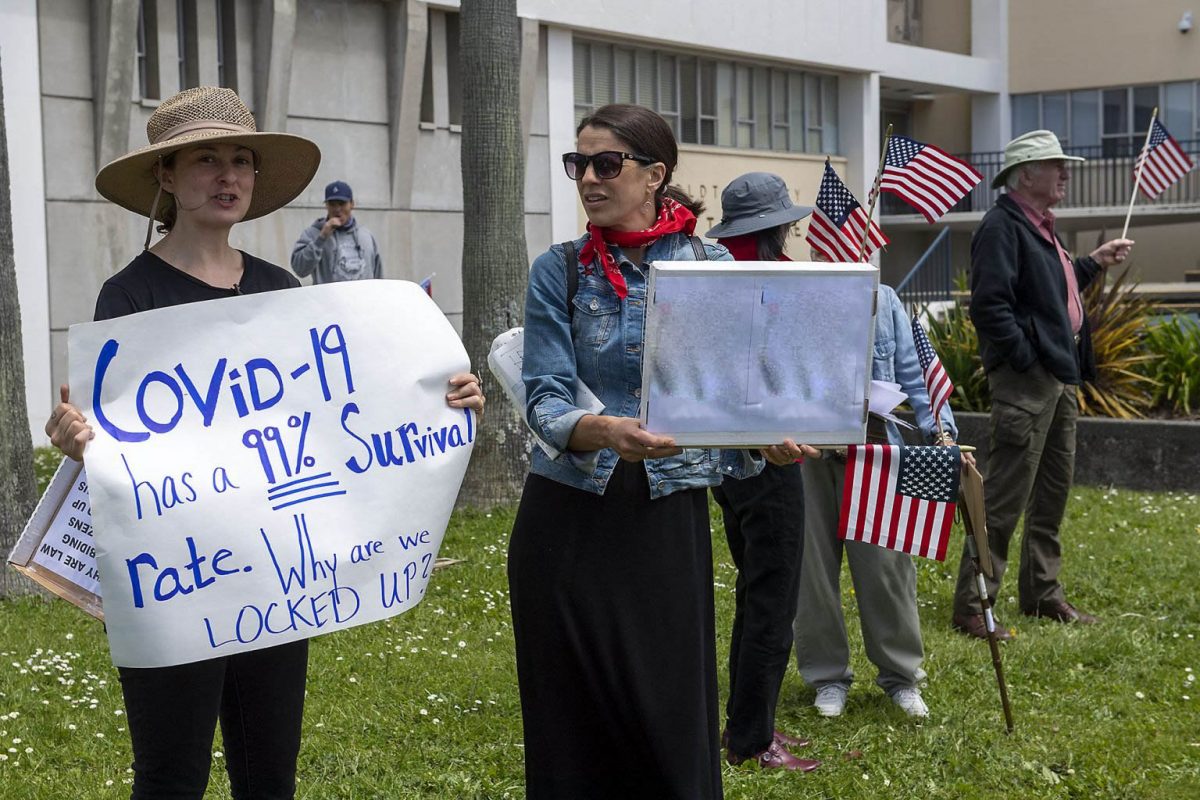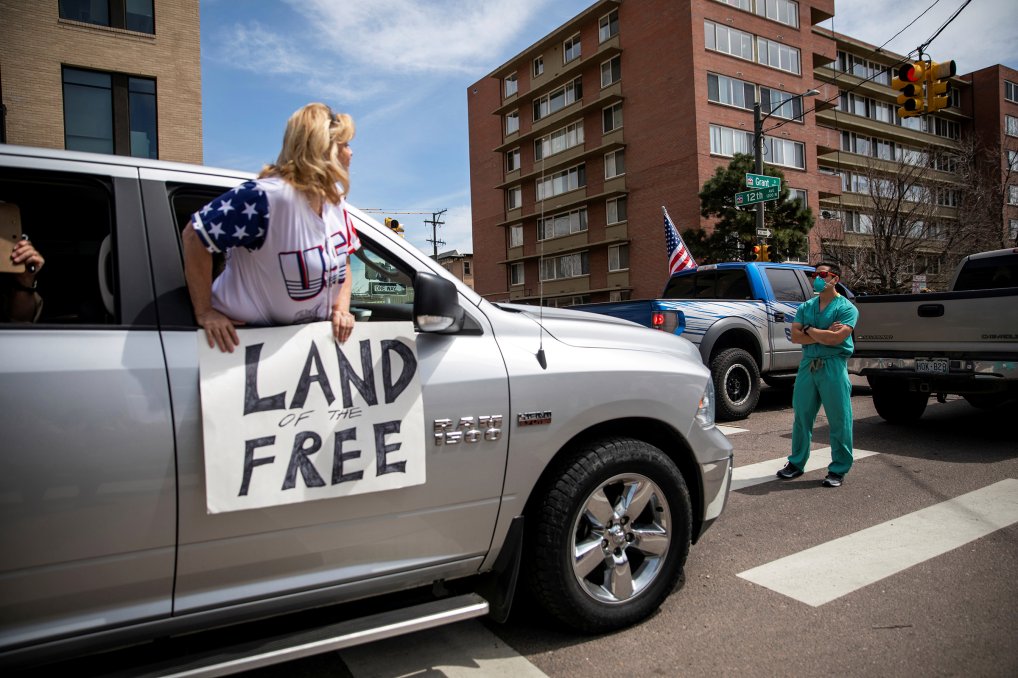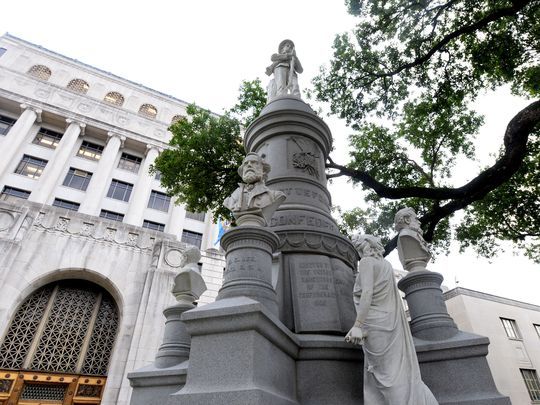Category: visual organizing
-

Antifascist visual tactics
There are plenty of people doing fascism right now in visual media. And during the pandemic, the social is media. What are antifascist tactics to disrupt the online fascist wave? No reposting. Whiting out white supremacy. Undermining its claims. And imagining the future.
-

Whiteness, Visuality and the Virus
The corona virus was supposed to be the great equalizer, a leveler of the divides of race, class and gender. Instead, the invisible pathogen has not only made existing inequalities palpably visible, it has weaponized them. In one week in April, the virus has become racialized.
-

Monuments, Looking, Lynching and Gender
In the past week, the ubiquitous Confederate monuments have suddenly become visible (to non-Confederate sympathizing white people) as monuments to genocide and white supremacy. It’s important to continue to show their systemic role in making and sustaining white supremacy. In particular, the monuments form a network that connects seeing, unseeing, lynching and gender in ways…